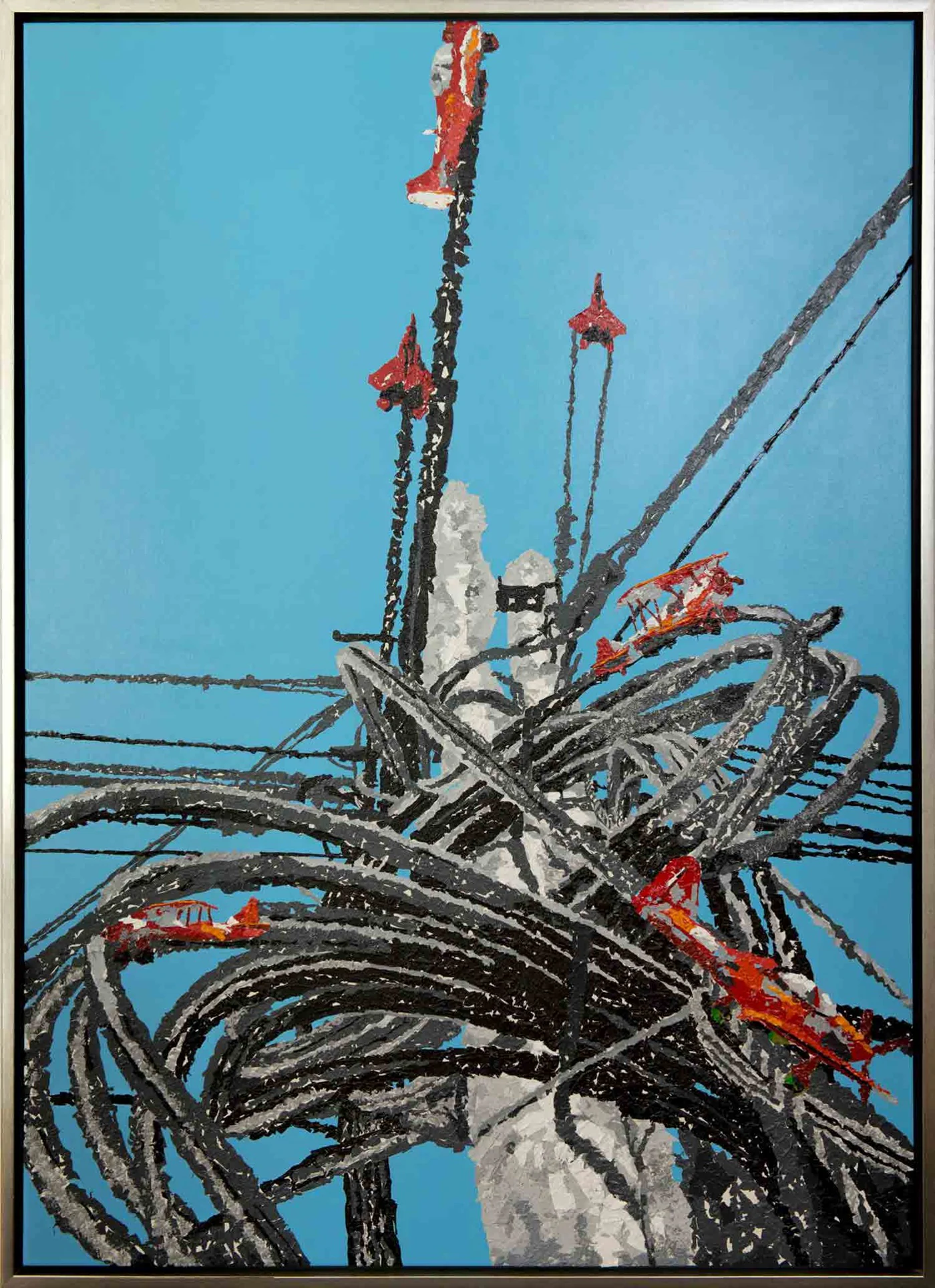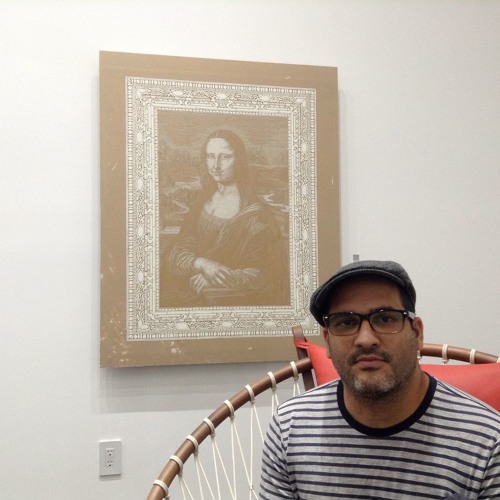
Pavel Acosta’s ‘Stolen Paint’ Illuminates Saxo’s Gallery
In the world of contemporary art, where every stroke on canvas tells a story, few artists possess the ability to captivate the soul and ignite the imagination quite like Pavel Acosta. Pavel Acosta’s ‘Stolen Paint’ Illuminates Saxo’s Gallery. Renowned for his audacious brushwork and profound thematic explorations, Acosta stands as a luminary in the realm of modern art, continuously pushing the boundaries of creativity and expression. Among his many celebrated works, none perhaps is as enigmatic and thought-provoking as “Stolen Paint” – a masterpiece that has recently found its rightful place in the hallowed halls of Saxo.
In the pulsating heart of Saxo’s prestigious gallery, amidst a milieu of artistic brilliance and cultural resonance, “Stolen Paint” emerges as a beacon of intrigue and contemplation. Its arrival heralds not just the addition of another artwork to the gallery’s illustrious collection but the introduction of a profound narrative that transcends the confines of mere paint and canvas. Through Acosta’s deft hands, the painting becomes a vessel for exploring complex themes of identity, ownership, and the relentless pursuit of beauty.
At first glance, “Stolen Paint” presents itself as a whirlwind of colors, textures, and forms, each vying for attention in a mesmerizing dance of chaos and harmony. Acosta’s signature style is unmistakable – bold, unrestrained, yet imbued with a sense of purpose that belies the apparent tumult. It is in this tension between chaos and order that the true essence of the painting resides, inviting viewers to delve deeper into its rich tapestry of meaning.
Central to the composition is the figure of a woman, her gaze fixed upon the beholder with an intensity that borders on defiance. Yet, behind the steely resolve lies a vulnerability, a rawness that speaks to the universal human experience of longing and desire. Who is she, this enigmatic muse captured in Acosta’s brushstrokes? Is she a symbol of empowerment, a reflection of the artist’s own inner turmoil, or something altogether beyond the confines of interpretation?
As the title suggests, “Stolen Paint” is not merely a visual feast but a meditation on the nature of creation itself. What does it mean to create, to imbue the world with one’s vision and passion, only to see it appropriated and claimed by others? Acosta confronts this existential dilemma head-on, challenging viewers to confront their own complicity in the act of artistic theft. For in a world where everything is up for grabs, where boundaries blur and ownership becomes a fluid concept, who truly has the right to lay claim to beauty?
Yet, amidst the existential musings and philosophical ponderings, there is a palpable sense of joy and exuberance that permeates “Stolen Paint.” Acosta’s brushwork crackles with energy, each stroke a testament to the sheer pleasure of creation. It is as if the act of painting itself becomes a form of liberation, a defiant celebration of the artist’s unyielding spirit in the face of adversity.
In bringing “Stolen Paint” to Saxo, Acosta invites us to embark on a journey of discovery and introspection, to confront the complexities of our own existence with honesty and humility. For art, at its essence, is not just about aesthetics or technical prowess but about forging connections – with ourselves, with each other, and with the world at large. In the hushed halls of Saxo’s gallery, amidst the whispered conversations and reverent gazes, “Stolen Paint” stands as a testament to the power of creativity to transcend boundaries and touch the very soul of humanity.
In the ever-shifting landscape of contemporary art, where trends come and go with the passing of seasons, Pavel Acosta remains a stalwart beacon of inspiration and innovation. With “Stolen Paint,” he invites us to join him on a voyage of self-discovery and enlightenment, to embrace the beauty and complexity of the world around us with open hearts and minds. And as we stand before his masterpiece in the halls of Saxo, we cannot help but be moved by the sheer audacity of his vision and the profound resonance of his art.

Link to the original article
